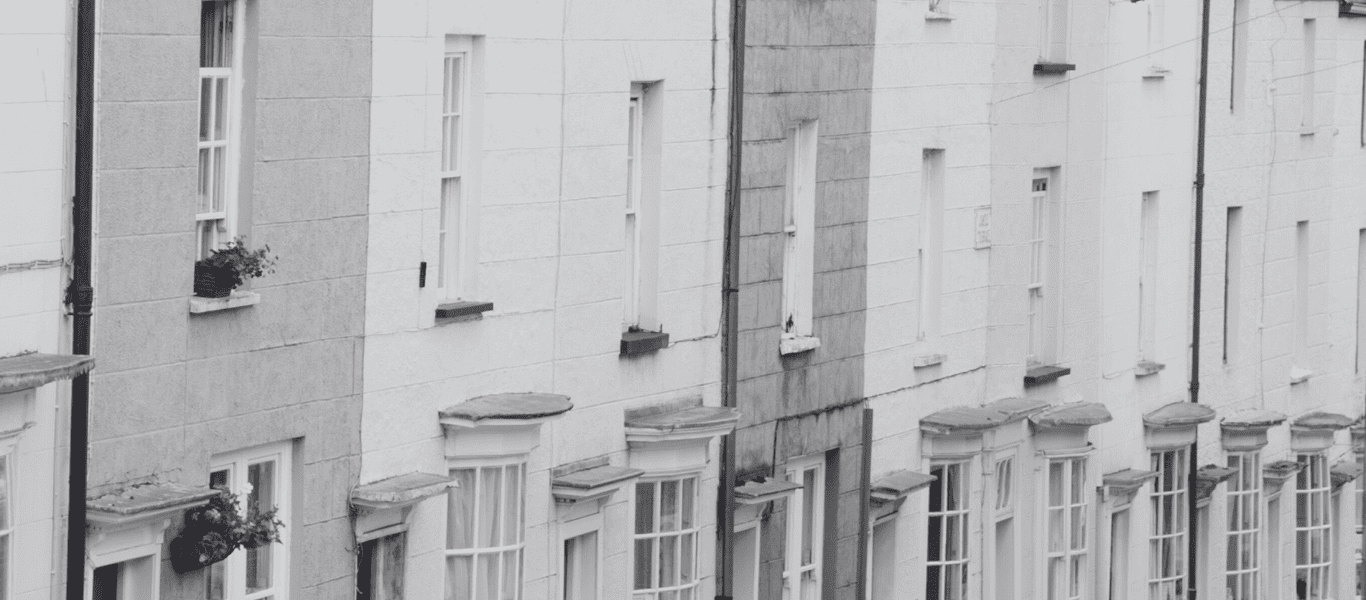Healing isn’t a solitary path. While personal growth requires self-reflection, sustainable well-being strategies, healthy relationships and community. The “village mentality” is a timeless concept that, in 2025, has taken on new meaning and urgency.
The Rise of Collective Mental Health
We’re living in an age of both increased mental health awareness and growing disconnection. Technology connects us more than ever, yet rates of loneliness, anxiety, and depression remain high.
In 2025, the village mentality means we don’t treat mental health and wellbeing as an individual burden; we see it as a community responsibility. This shift is already happening through peer support groups that reduce shame and foster empathy and mental health first aid training in workplaces, schools, and churches.
Healing Through Community
Trauma can happen in relationships, but so does healing.
In 2025, communities are reclaiming their role as agents of healing.
Here are some practical Tools for Building Your Mental Health Village:
- Find a support group, be it for grief, parenting, addiction recovery, or chronic illness.
- Build a mental health resource map: Who do you turn to when you’re stressed, lonely, or overwhelmed? Who turns to you?
- Normalise help-seeking within your workplace, family, or friend group. Lead by example.
- Encourage boundaries: Villages thrive when people give support and protect their own well-being.
Final Thoughts
The village mentality in 2025 is less about geography and more about intentional support. It’s a reminder that healing is not only possible, it’s communal. When we say, “it takes a village,” we’re also saying: healing is relational. People thrive when they’re seen, supported, and surrounded.

